ESO Captures Star Birth in Prawn Nebula
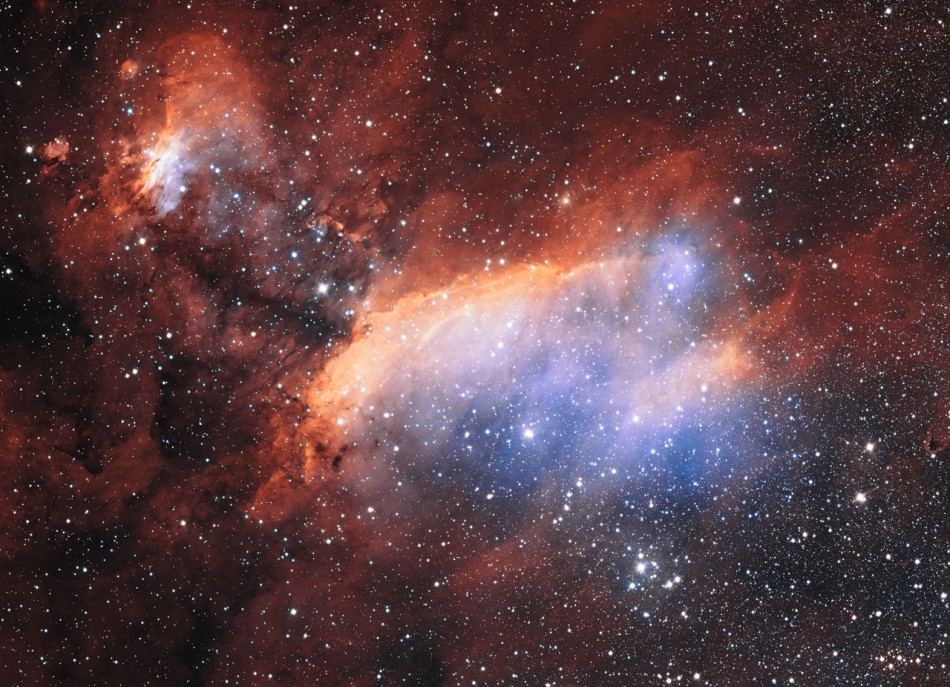

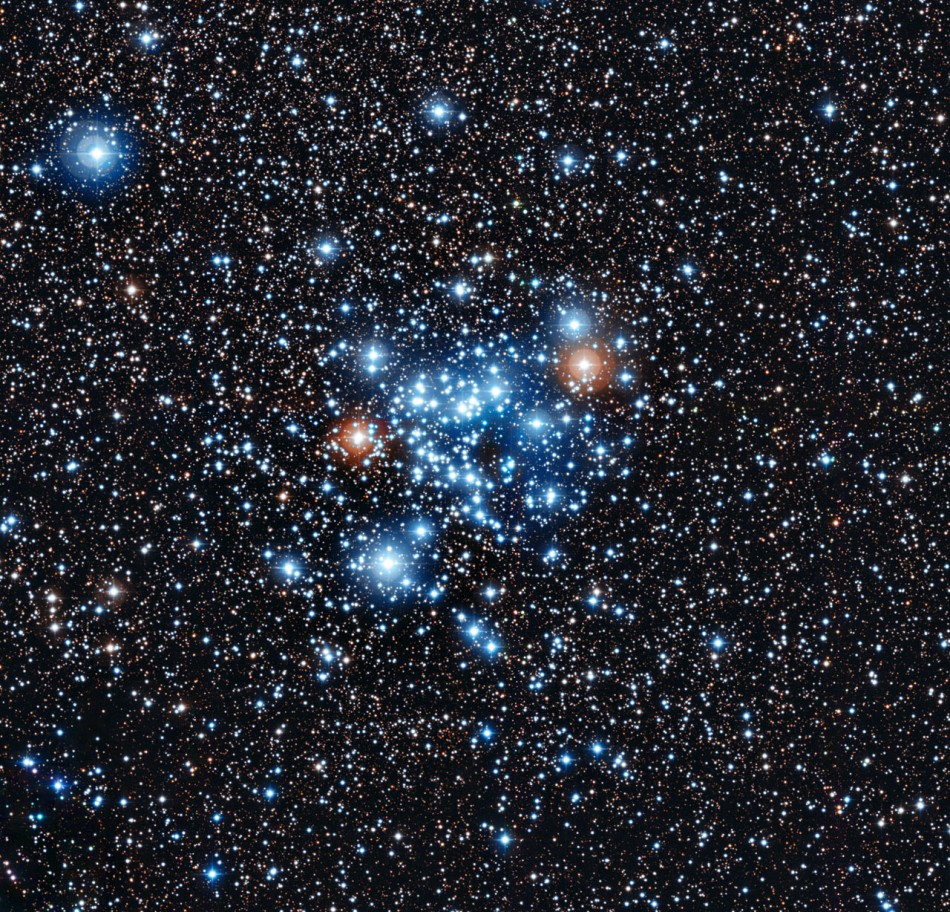
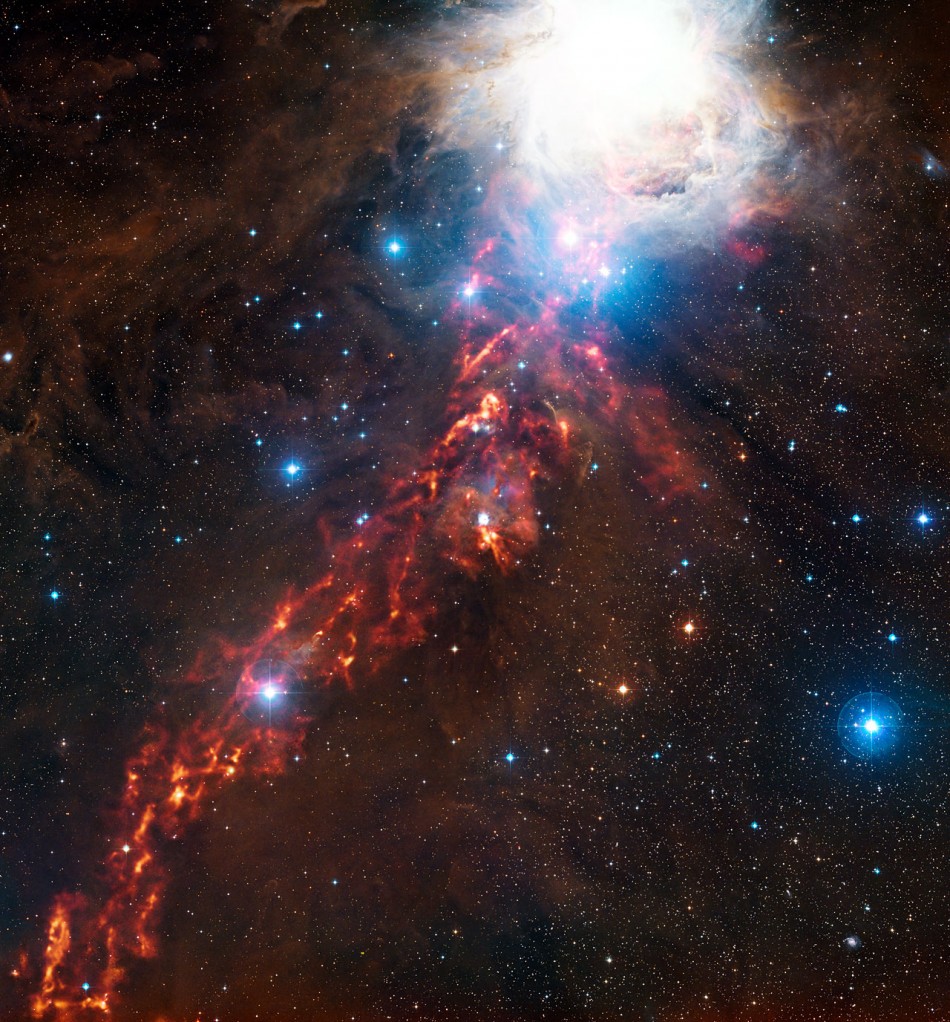
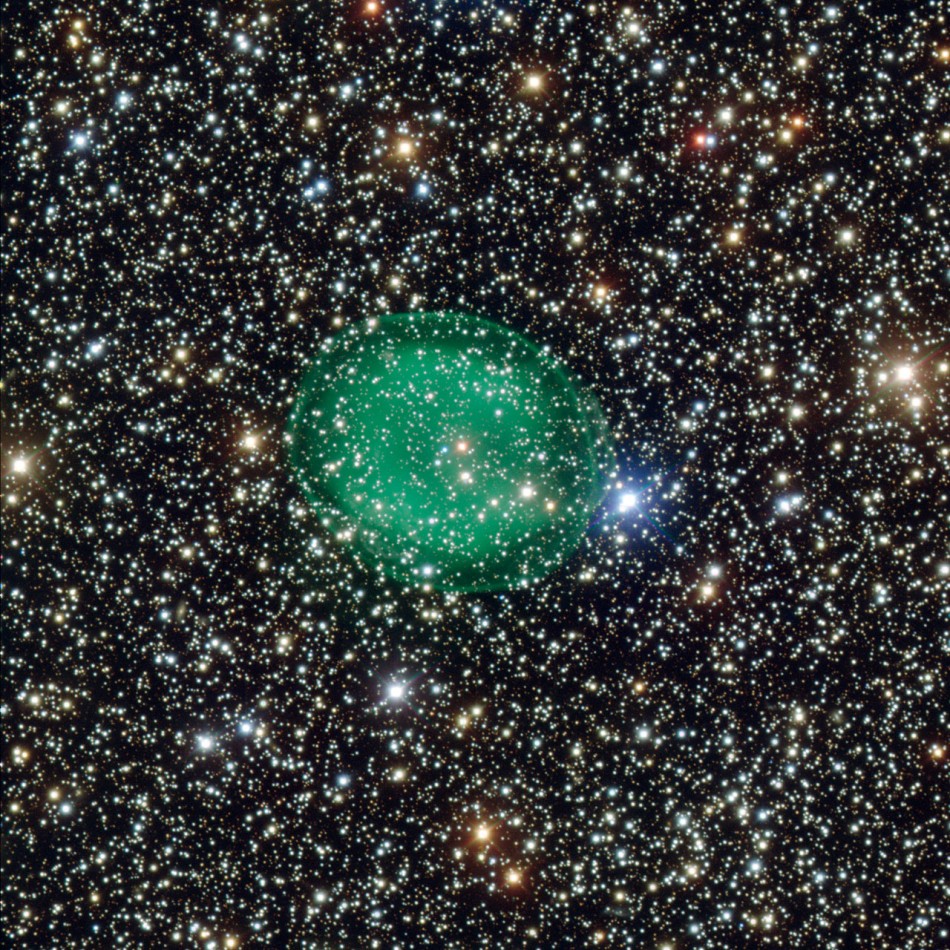
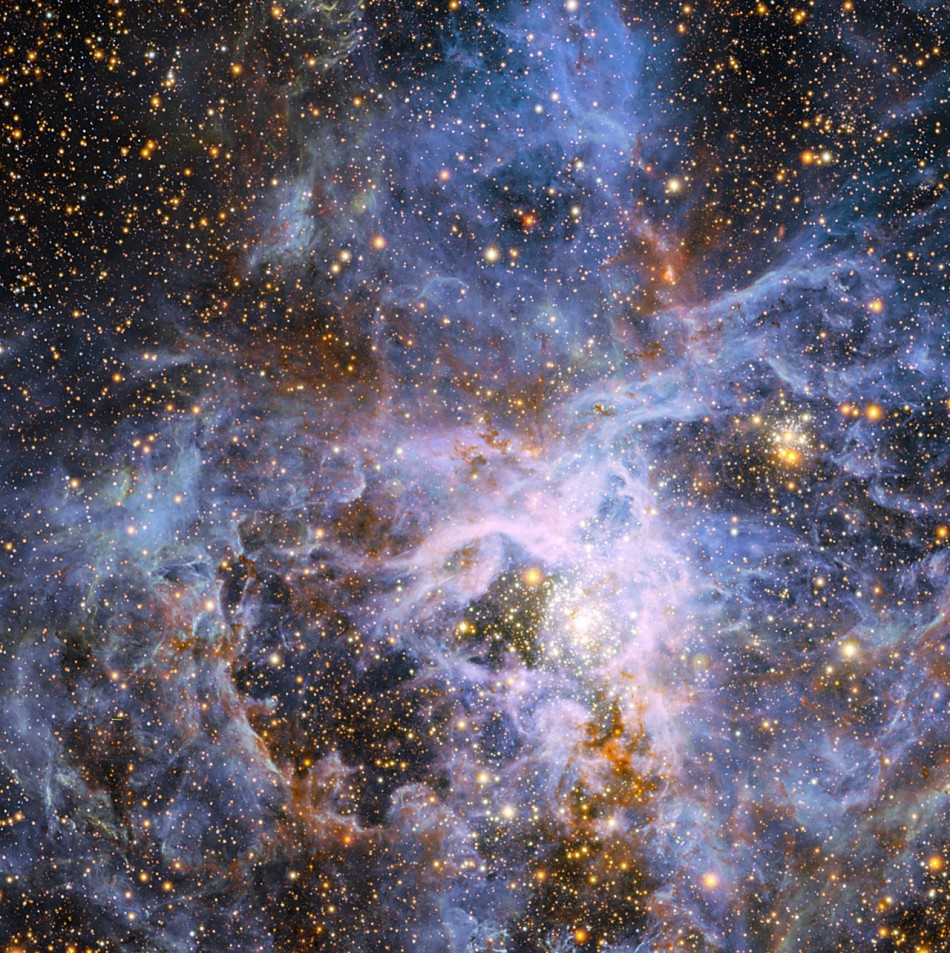
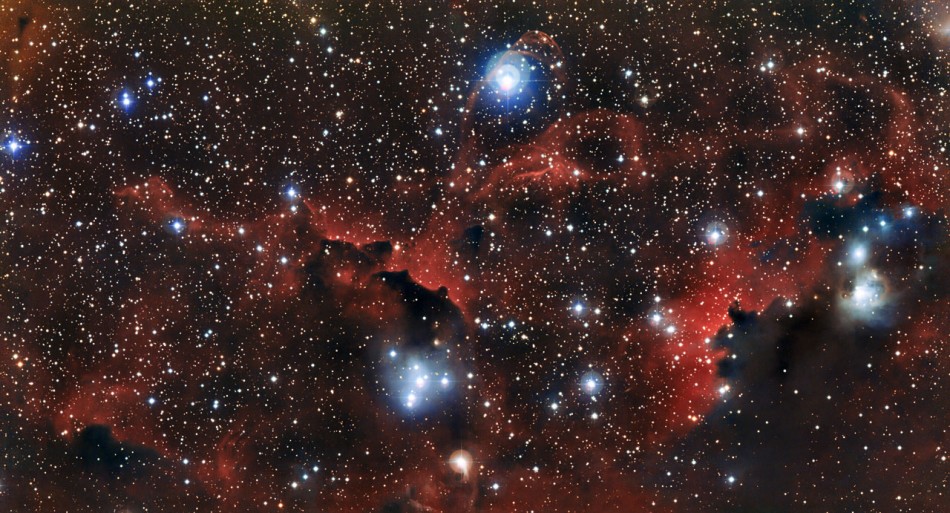
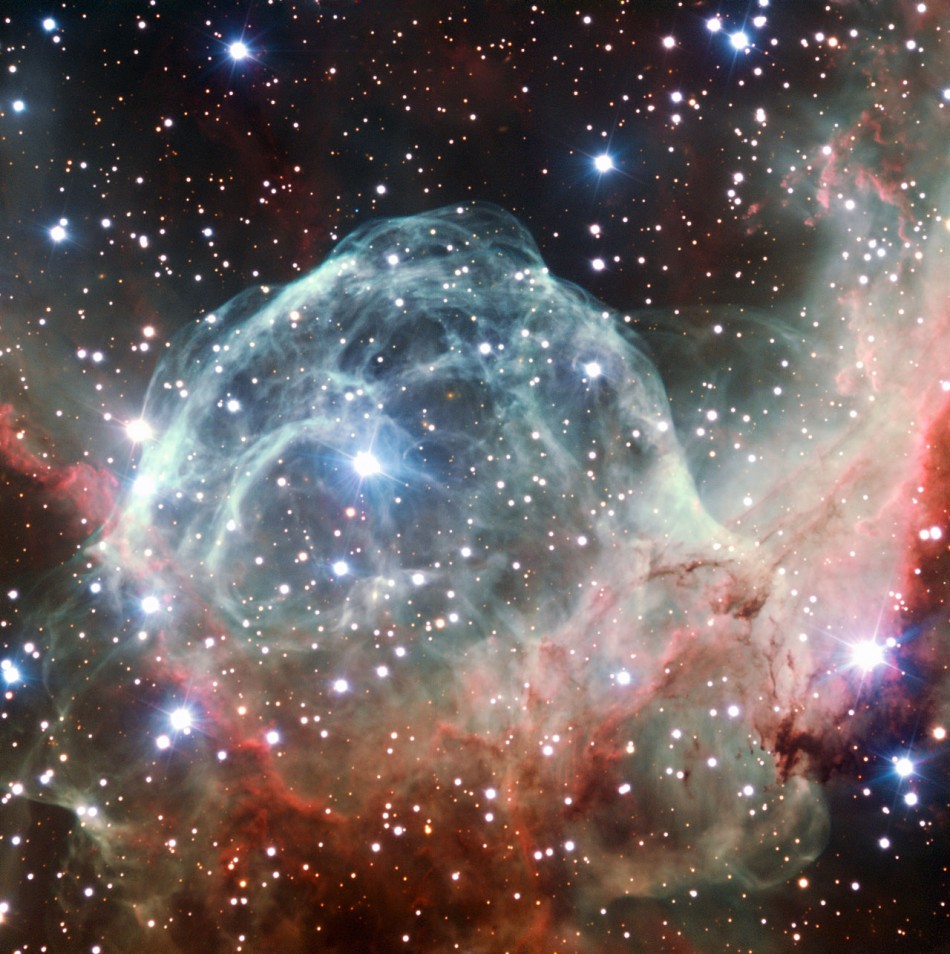
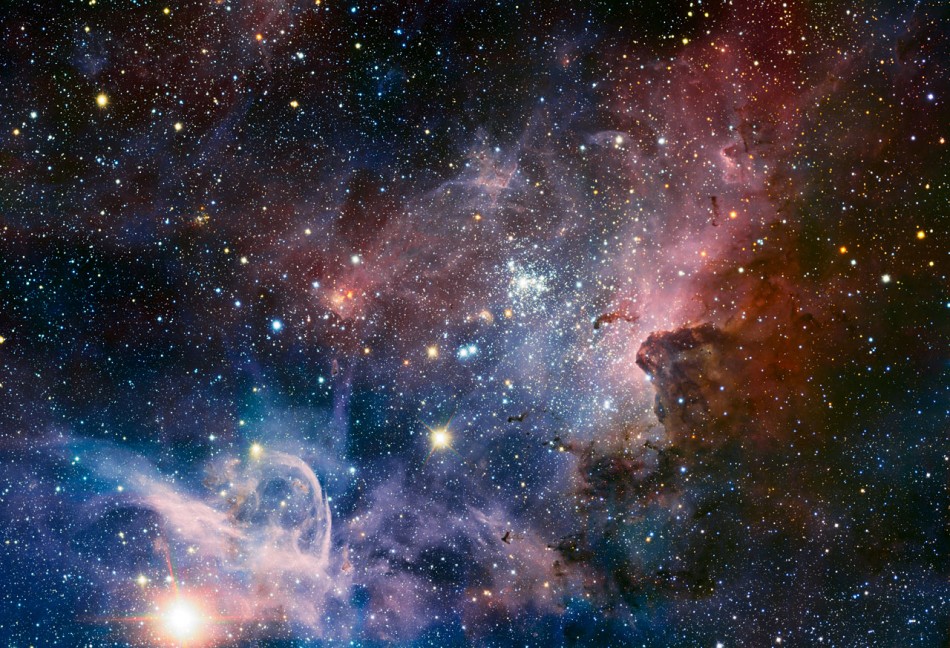
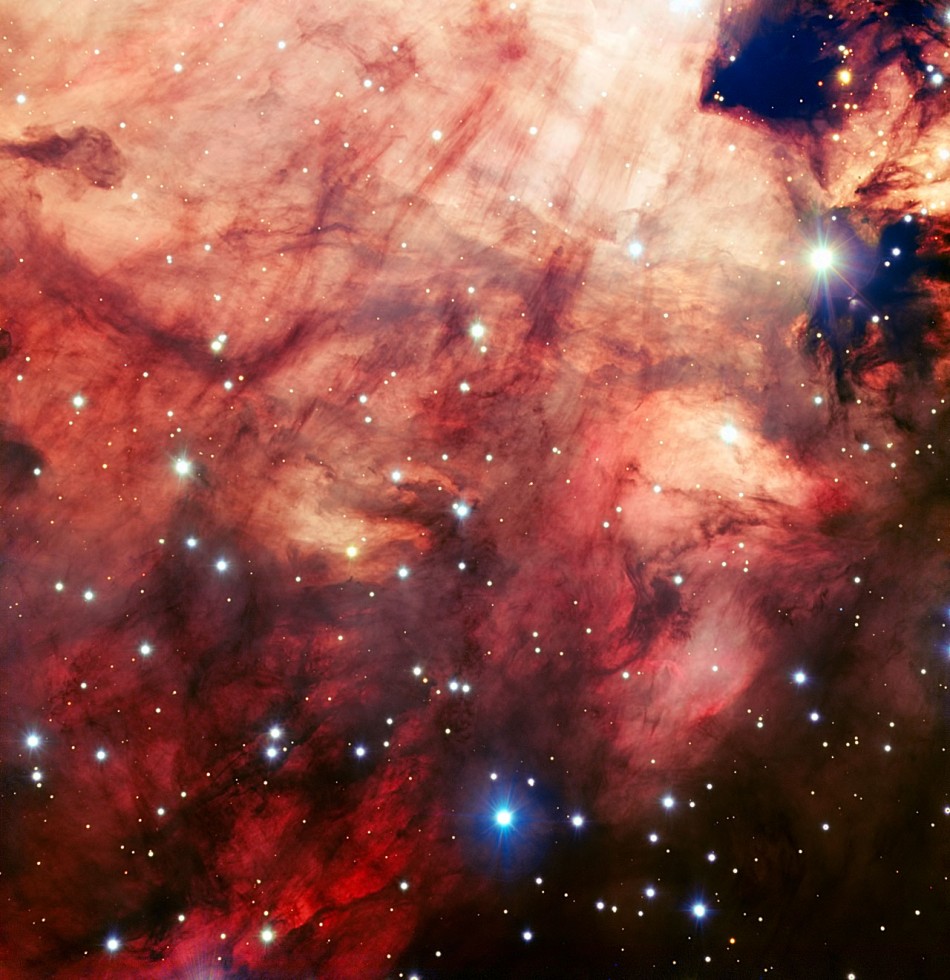
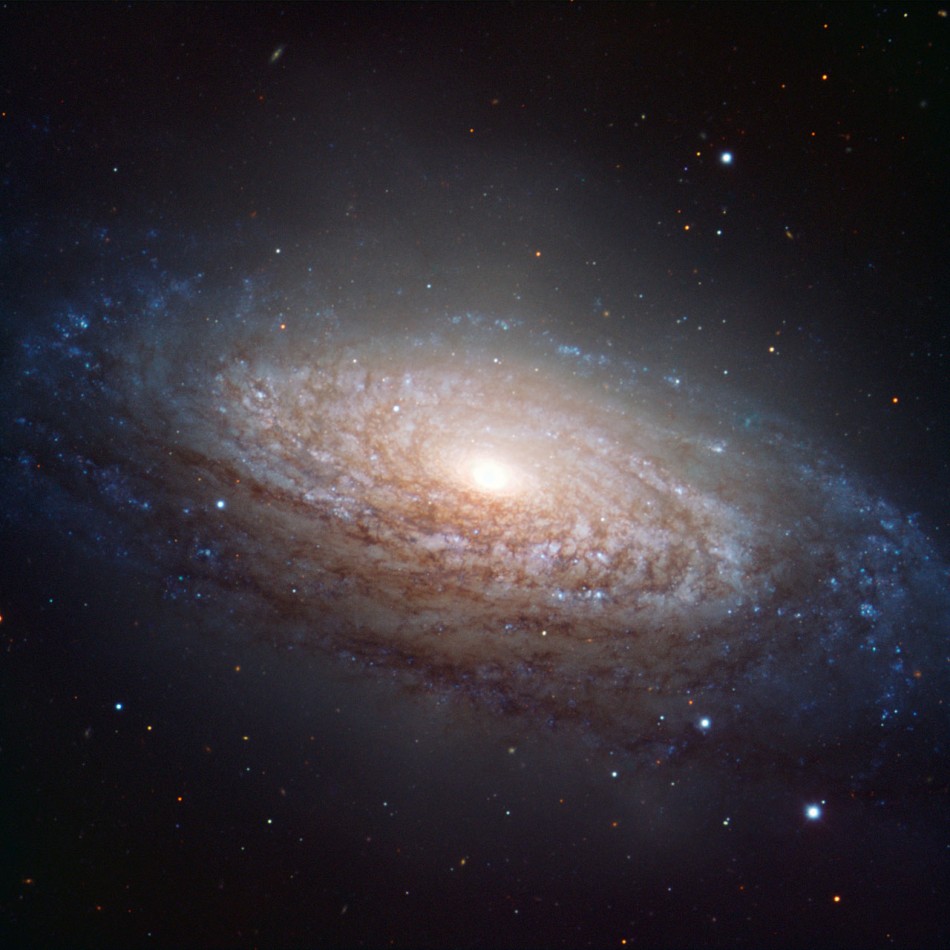
The European Southern Observatory has captured a collection of stars forming in the Prawn Nebula around 6,000 light years from Earth.
Located in the constellation of Scorpius, the image from the Very Large Telescope (VLT) Survey Telescope at ESO's Paranal Observatory in Chile is one of the sharpest pictures ever taken of the stellar nursery.
The Prawn Nebula is around 250 light years across and covers an area of sky roughly equal to four times that of a full moon.
However, it is often overlooked by observers of the night sky as it is faint and most of its light is emitted at wavelengths not visible to the human eye.
It is filled with gas and clumps of dark dust. Its gas clouds produce hot young stars that appear as a blue-white colour and emit ultraviolet light that causes them to glow.
Over the last few millions of years, the area of sky where the Prawn Nebula sits has formed many stars and includes a large scattered star cluster called Collinder 316.
ESO says this star cluster is part of a much larger gathering of hot and luminous stars.
This latest picture forms part of a detailed public survey of the Milky Way to search for new objects, such as stars and planetary nebulae.
It also produces images of space, including huge glowing star formation regions such as the Prawn Nebula.
The latest image marks a milestone in the ESO project as it is the 1000<sup>th publication since it first released a picture of Halley's Comet in 1985.
IBTimes UK looks at some of the pictures taken by ESO over the last few years.
© Copyright IBTimes 2025. All rights reserved.






















